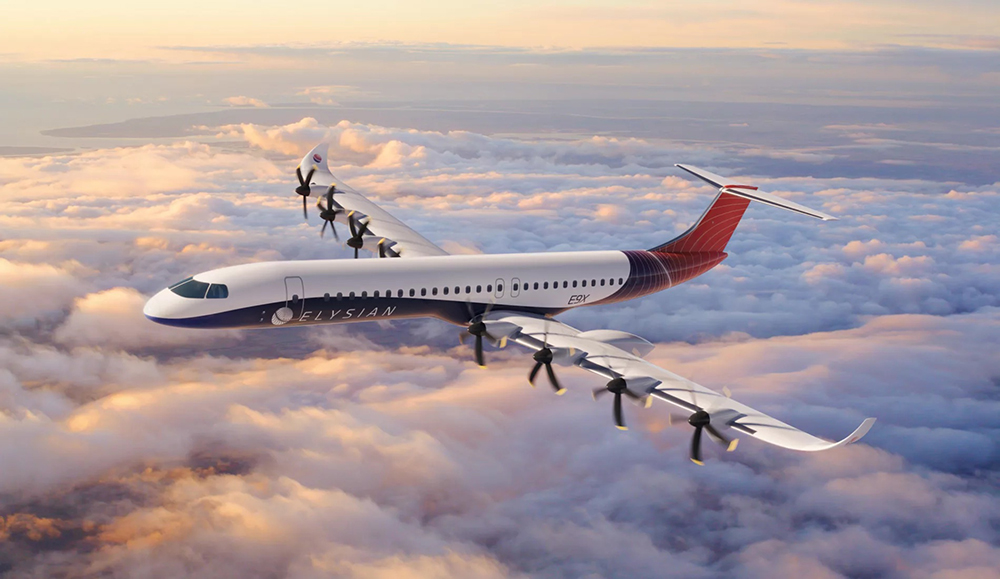Several companies are working on battery-electric aircraft, but electric aviation is a tougher nut to crack than electric cars, for physical reasons. It simply takes a lot more energy to keep an aircraft aloft than it does to propel a vehicle along a road, and every additional pound of battery weight takes a steep toll on an e-aircraft’s range and/or payload. Even e-aviation boosters tend to envision battery-electric aircraft with far smaller passenger capacities and shorter ranges than the kerosene-fueled kind.
However, the results two new studies by TU Delft, “A New Perspective on Battery-Electric Aviation, Part I: Reassessment of Achievable Range,” and “A New Perspective on Battery-Electric Aviation, Part II: Conceptual Design of a 90-Seater,” indicate that e-planes could be capable of much more than currently thought.
The researchers say that increasingly better batteries and new design principles make it possible to build electric aircraft that can replace traditional aircraft on a larger scale than previously envisioned. Key innovations include foldable wing tips and battery packs that can be incorporated into the wings (as fuel tanks are today).
Fortified by the new research, start-up Elysian Aircraft hopes to develop a plane with room for 90 passengers, and a range of no less than 800 kilometers. According to the company, these figures already cover half of all commercial flights currently flown with fossil-fueled aircraft.
Elysian’s first aircraft, the E9X, is scheduled to make its first commercial flight in 2033. The company expects the aircraft to sport a battery pack with specific energy of 360 watt-hours per kilogram. (For comparison, Tesla’s current batteries reportedly deliver about 269 Wh/kg; Chinese researchers recently claimed to have developed a battery with 711 Wh/kg; Jet-A aviation fuel delivers about 7,778 Wh/kg.)
Source: Change Inc.




















































